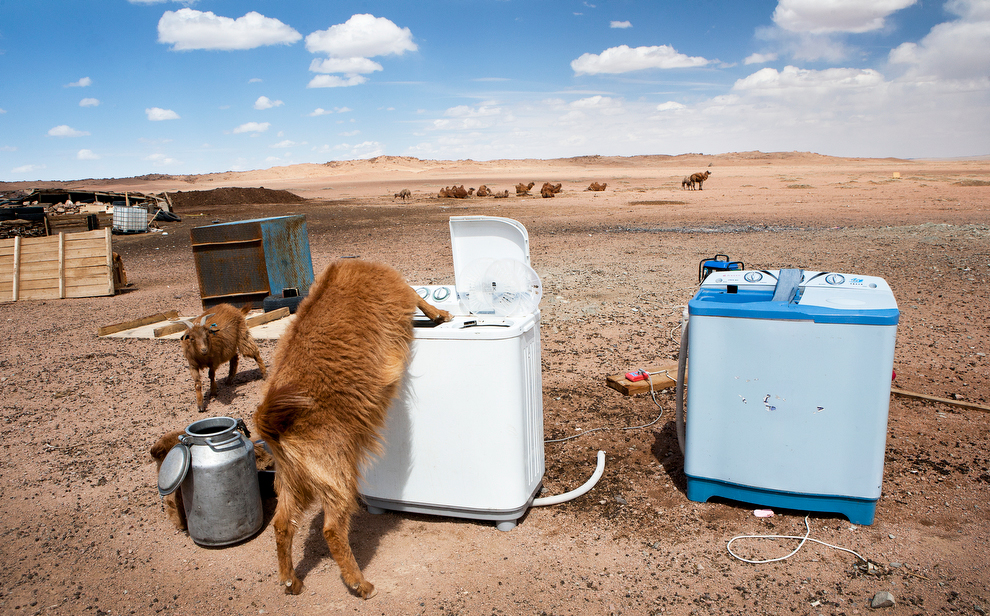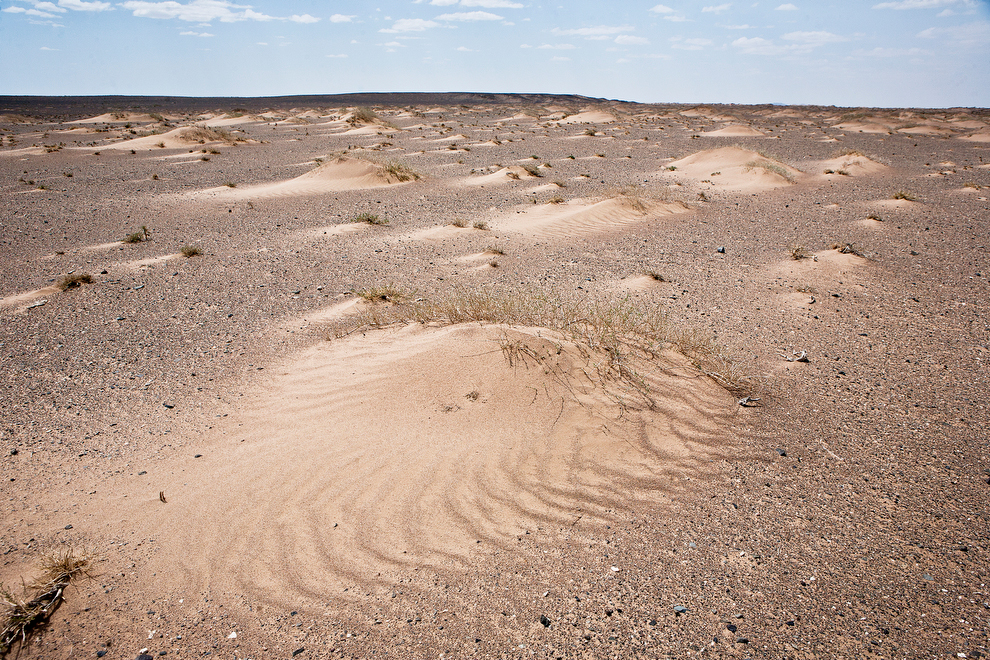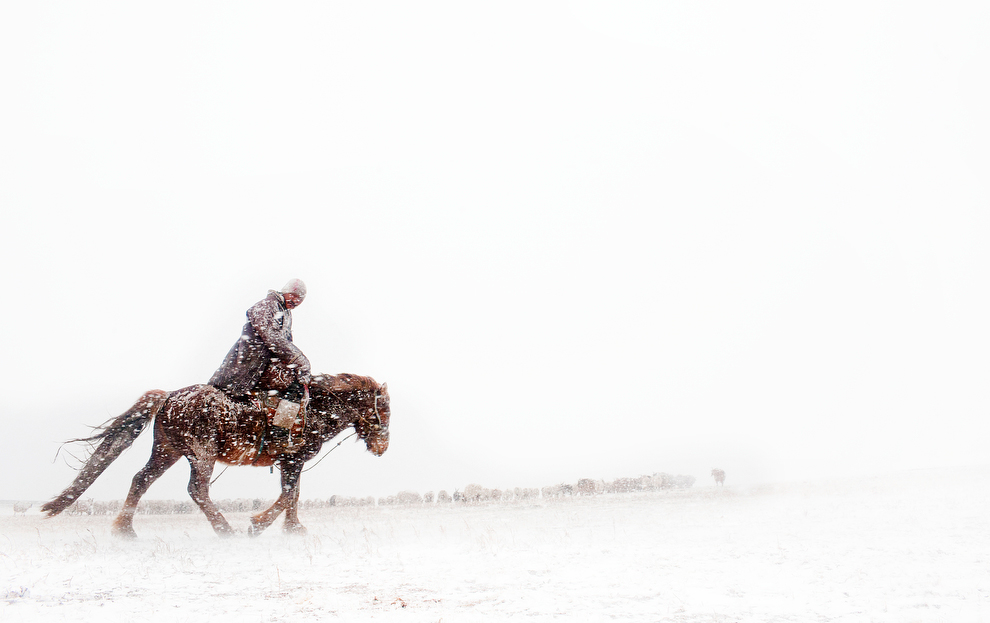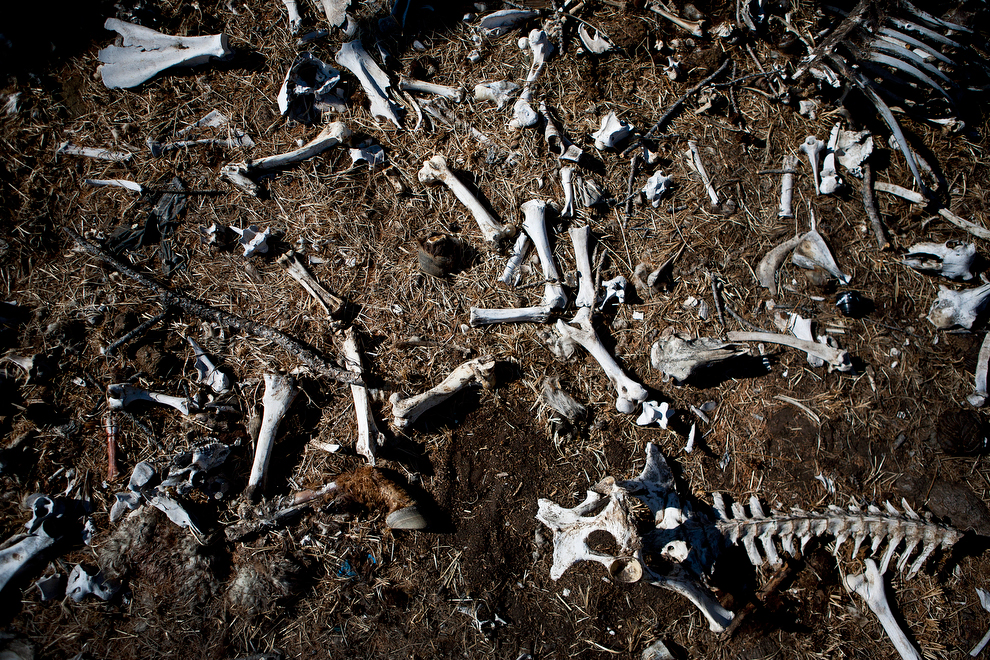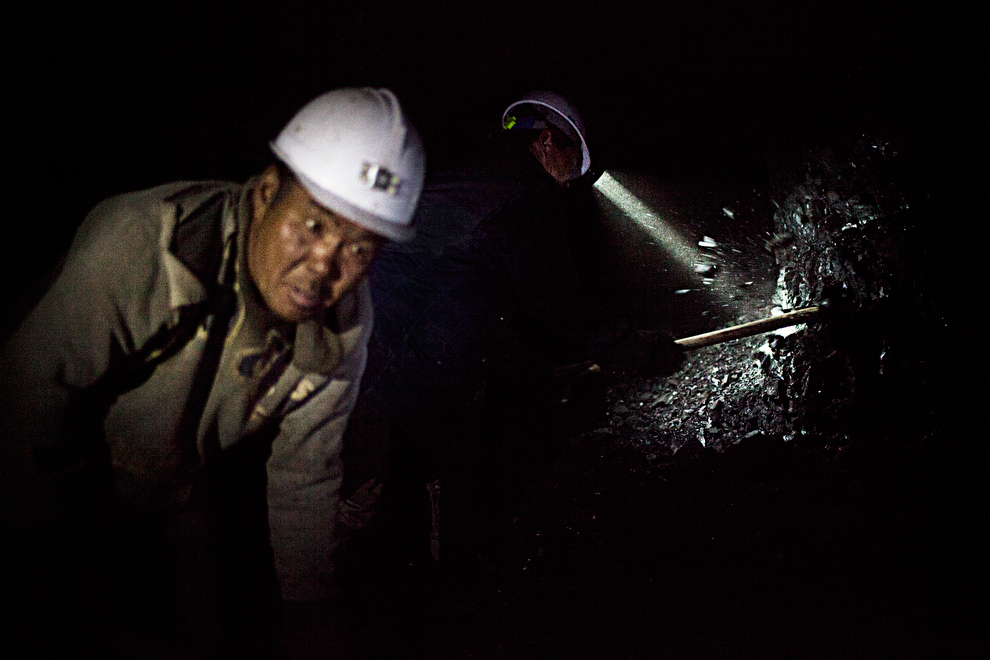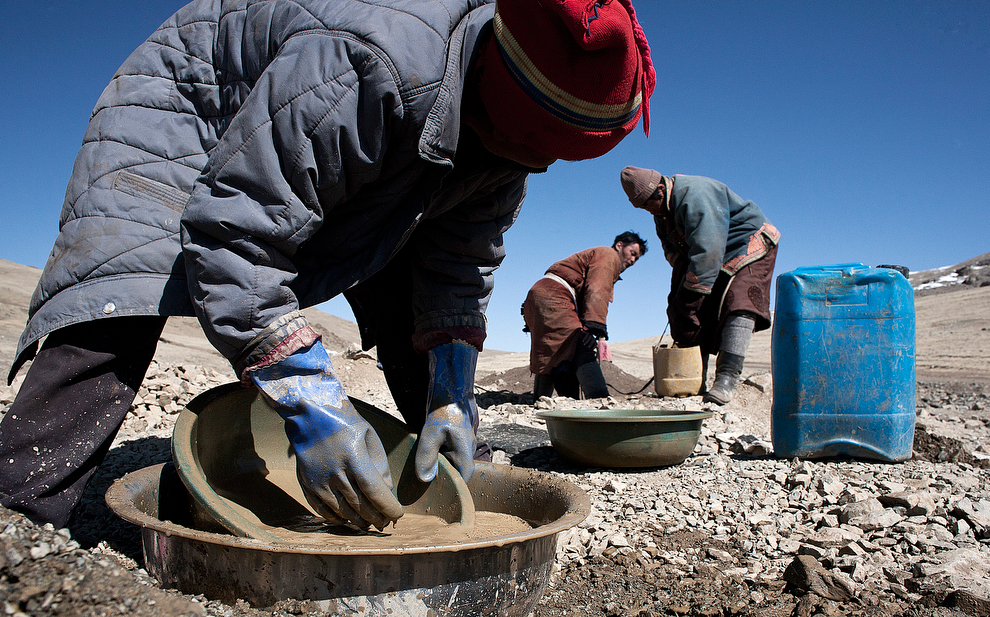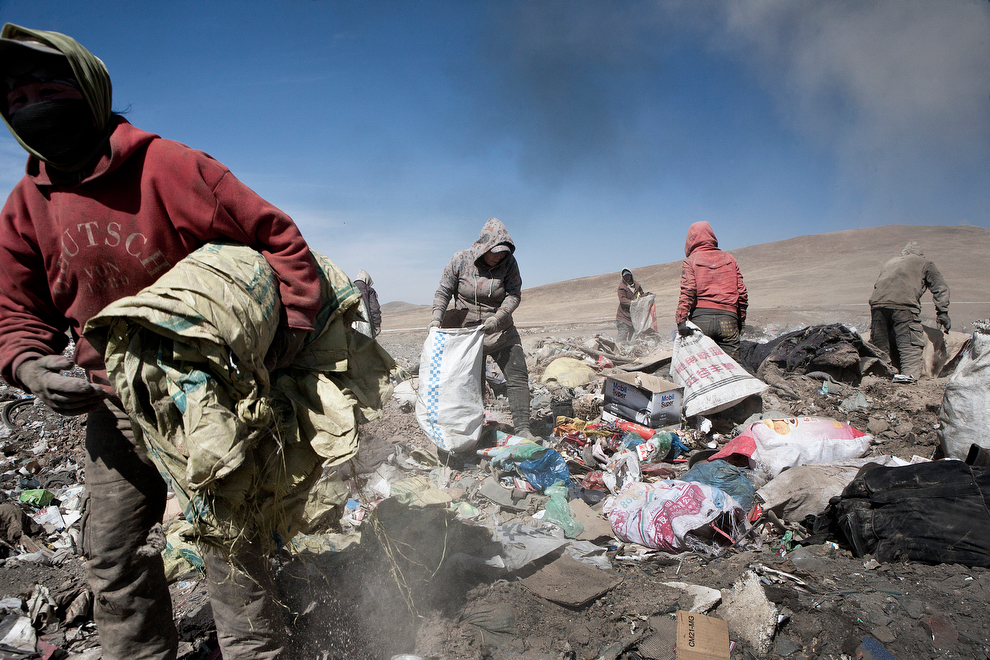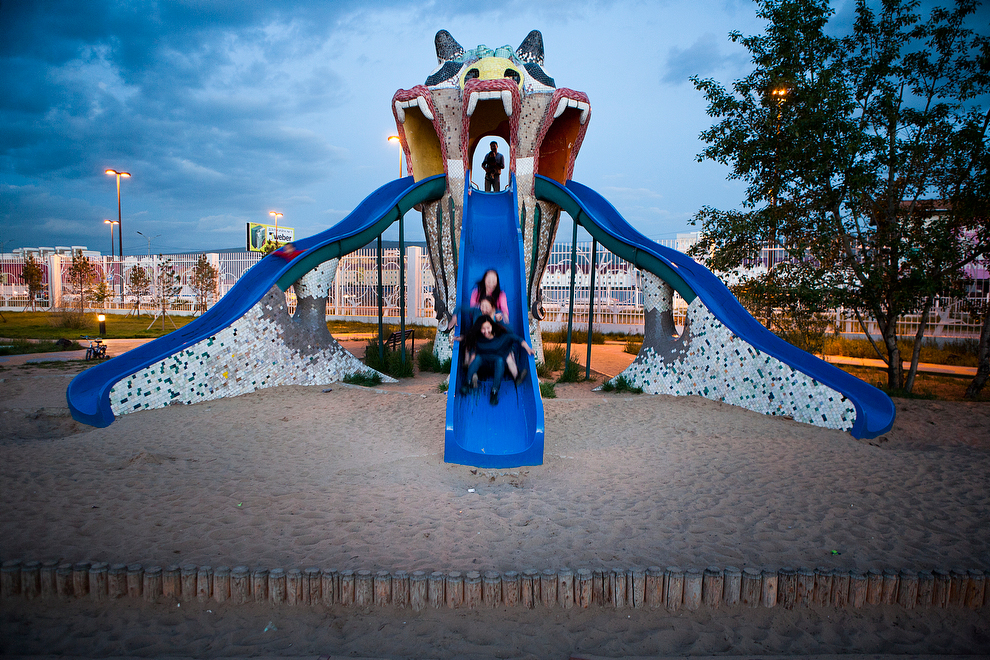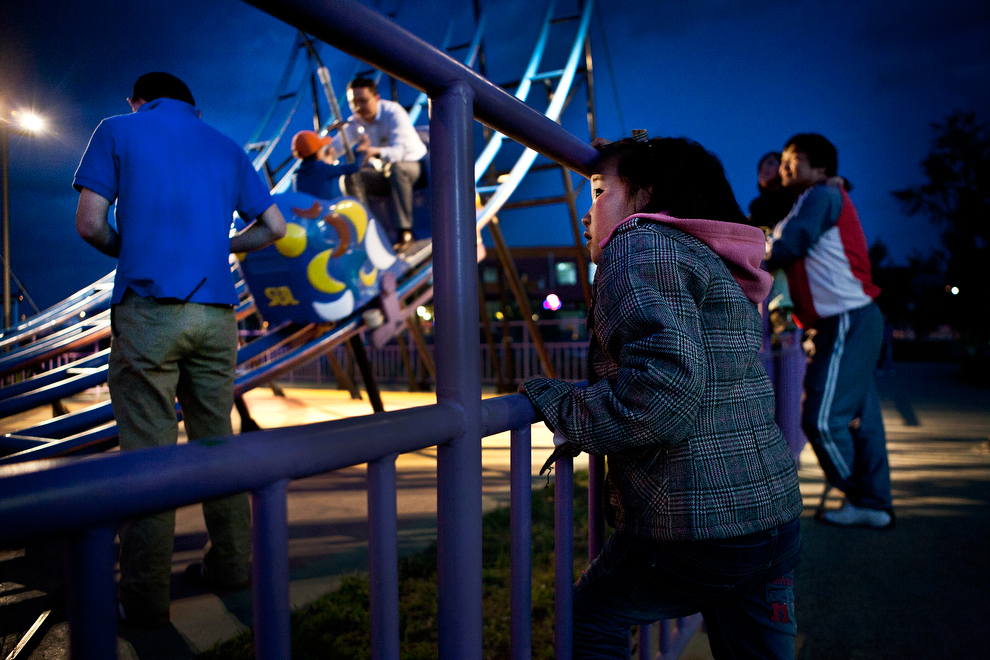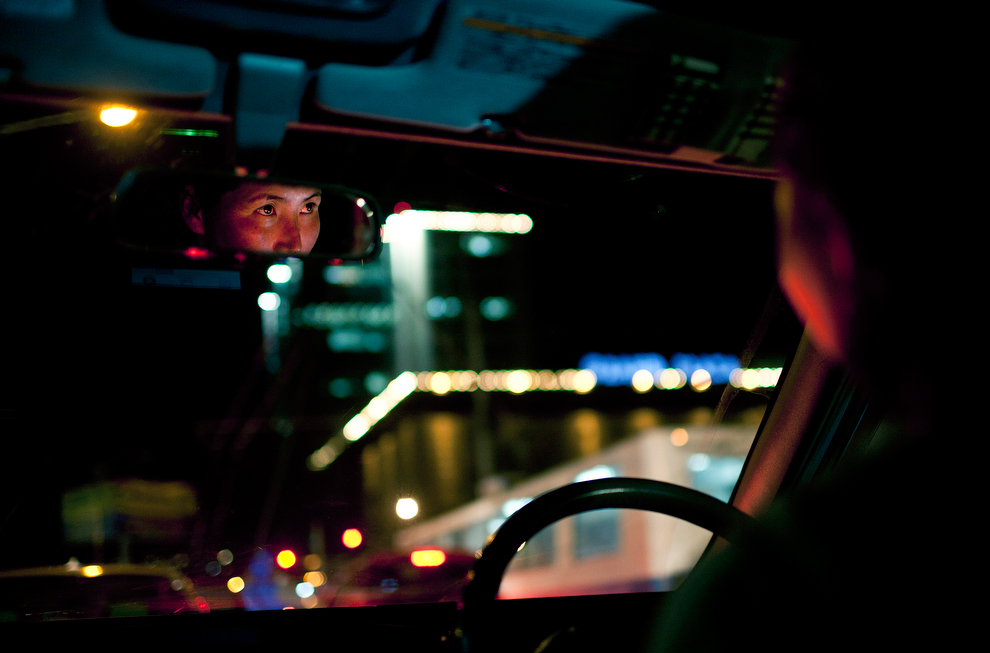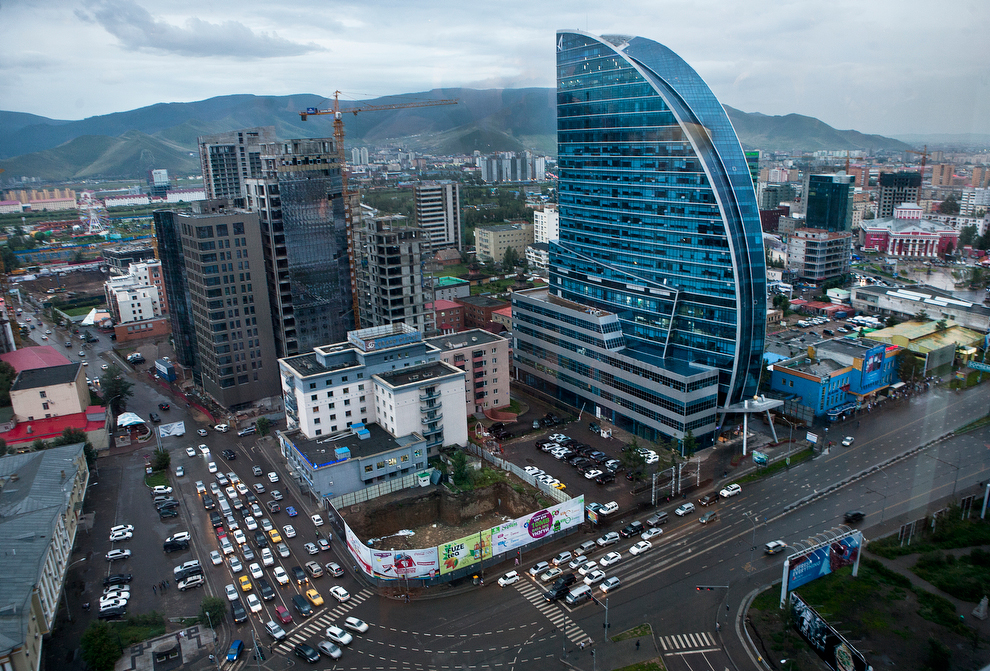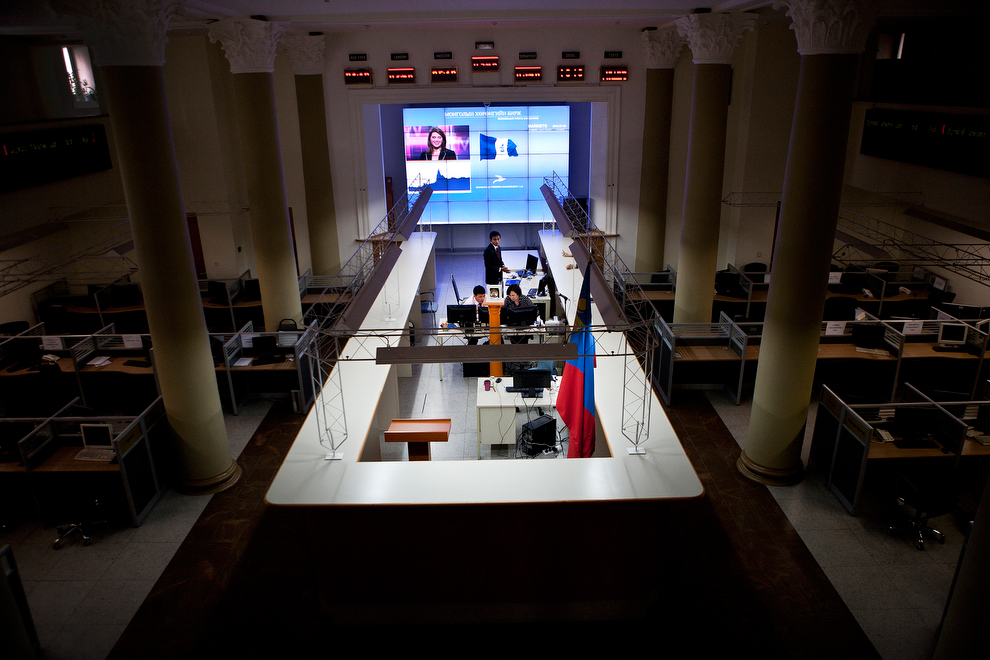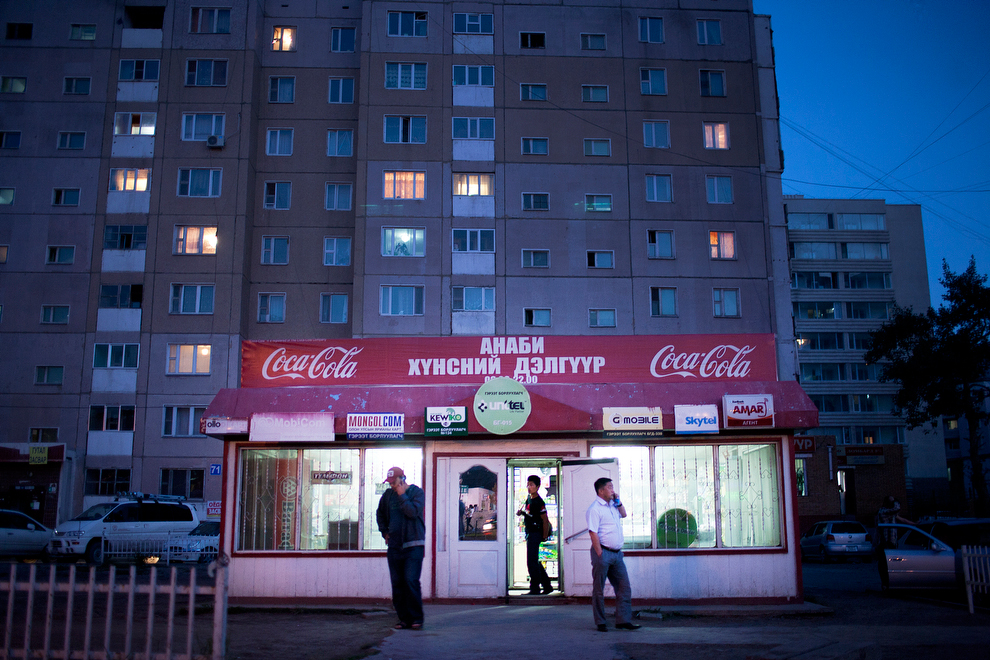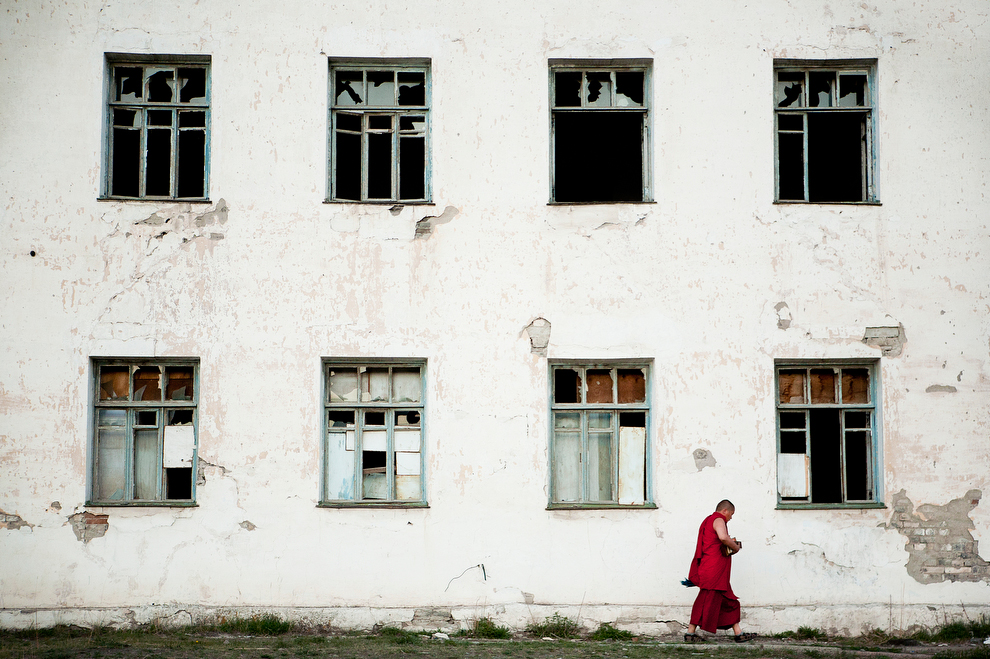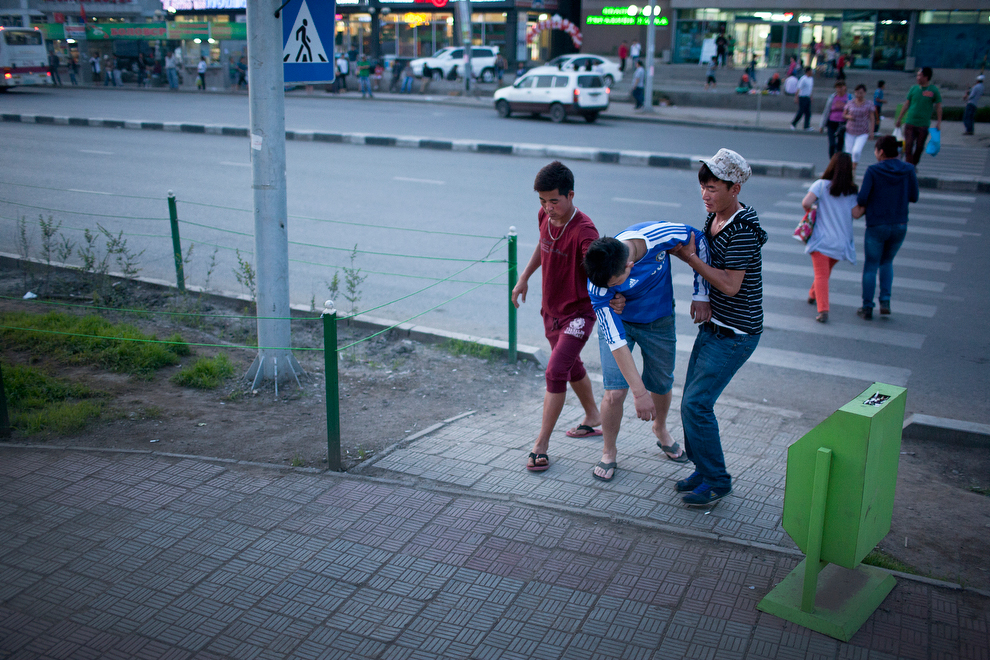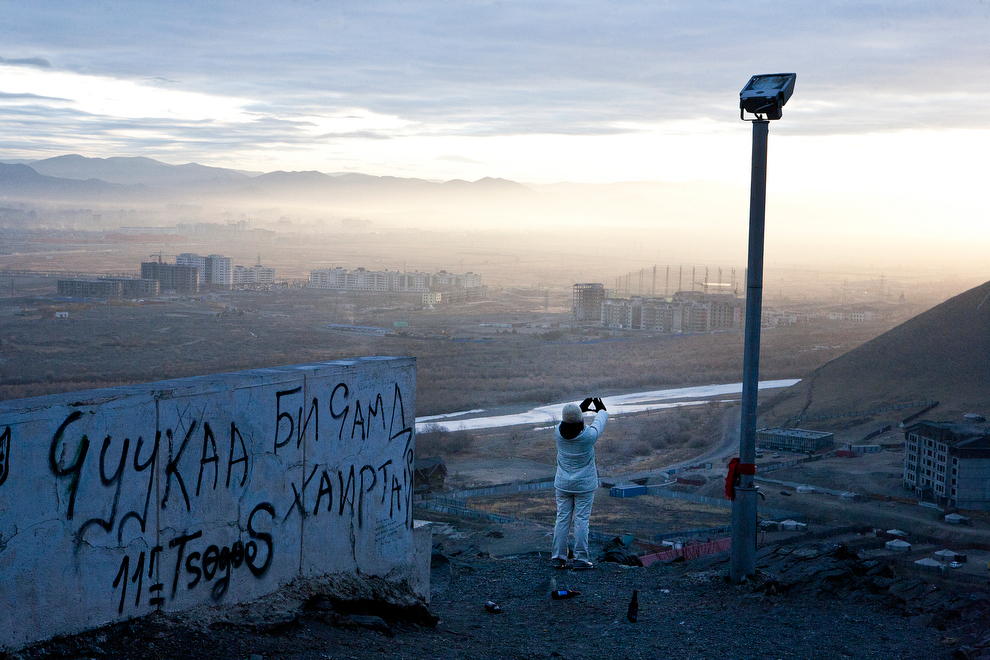Teacher PHAITOON YAEMPRASUAN
PICTA55@GMAIL.COM Occupation and Technology Group May 5-6, 2012 SOURCE : HTTP://www.boston.com/bigpicture
PICTA55@GMAIL.COM
The night sky on May 5 was animated by the once-a-year cosmic event of the perigee moon. Popularly known as the "Supermoon", the moon appears much larger above us when the elliptical orbit brings it within 221,802 miles to Earth, the closest point. The effect is magnified during a full moon, when we see our nearest celestial neighbor appear roughly 20 percent brighter and 15 percent larger. Collected here are images taken just before, during, and just after the perigee moon of 2012.
ค่ำคืนวันที่ 5 พฤษภาคม 2555 ได้เกิดปรากฏการณ์ พระจันเต็มดวงใหญ่เป็นพิเศษ ที่เรียกว่า ซูเปอร์มูน Supermoon ...ทั้งนี้ทั้งนั้นเกิดจากการที่ดวงจันทร์โคจรมาใกล้โลกมากที่สุดนั่นเอง ดวงจันทร์อยู่ห่างจากโลก 2.2 แสนไมล์ (วงโคจรของดวงจันทร์รอบโลกเป็นวงรี) คืนนี้เราจะเห็นดวงจันทร์โตขึ้นร้อยละ 15 ของขนาดปกติ และแน่นอนก็ต้องสว่างวับแววขึ้นอีกสักร้อยละ 20 ของภาวะปกติ
ค่ำคืนวันที่ 5 พฤษภาคม 2555 ได้เกิดปรากฏการณ์ พระจันเต็มดวงใหญ่เป็นพิเศษ ที่เรียกว่า ซูเปอร์มูน Supermoon ...ทั้งนี้ทั้งนั้นเกิดจากการที่ดวงจันทร์โคจรมาใกล้โลกมากที่สุดนั่นเอง ดวงจันทร์อยู่ห่างจากโลก 2.2 แสนไมล์ (วงโคจรของดวงจันทร์รอบโลกเป็นวงรี) คืนนี้เราจะเห็นดวงจันทร์โตขึ้นร้อยละ 15 ของขนาดปกติ และแน่นอนก็ต้องสว่างวับแววขึ้นอีกสักร้อยละ 20 ของภาวะปกติ

3 Lanterns released by Buddhist worshippers fly as the full moon shines in the background during a procession commemorating Waisak, which marks the birth, death and enlightenment of Buddha at the 9th century Borobudur temple in Magelang, Indonesia. (Slamet Riyadi/Associated Press) #
การปล่อยโคมไฟ เนื่องในวันวิสาขบูชา ของพุทธศาสนิกชน บริเวณโบราณสถาน บรมมหาเจดีย์บุโรพุทโธ สาธารณรัฐอินโดนีเซีย
การปล่อยโคมไฟ เนื่องในวันวิสาขบูชา ของพุทธศาสนิกชน บริเวณโบราณสถาน บรมมหาเจดีย์บุโรพุทโธ สาธารณรัฐอินโดนีเซีย

5 Wrangler Nate Cummins rides by moonlight on the night before the "Super Moon" during Montana Horses' annual horse drive outside Three Forks, Montana on May 4, 2012. Approximately 300 horses are rounded up and driven 35 miles from their winter range to the Mantle ranch over the course of three days. (Jim Urquhart/Reuters) #
คืนก่อนซูเปอร์มูน มลรัฐมอนตานา สหรัฐอเมริกา จะมีเทศกาลงานแข่งม้า ประมาณ 300 ตัว
คืนก่อนซูเปอร์มูน มลรัฐมอนตานา สหรัฐอเมริกา จะมีเทศกาลงานแข่งม้า ประมาณ 300 ตัว

6 Skipper Ken Read works at the navigation station while the crew sail under full Supermoon conditions onboard PUMA Ocean Racing powered by BERG during leg 6 of the Volvo Ocean Race 2011-12 on May 6, 2012 from Itajai, Brazil, to Miami. (Amory Ross/PUMA Ocean Racing/Volvo Ocean Race via Getty Images) #
การแข่งขันเรือใบระดับโลก Volvo Ocean Race ภายใต้คืน Supermoon
การแข่งขันเรือใบระดับโลก Volvo Ocean Race ภายใต้คืน Supermoon

7 The moon rises behind the cross of the Frauenkirche (Church of Our Lady) in Dresden, Germany on May 4, 2012. (Robert Michael/AFP/GettyImages) #
พระจันทร์ดวงใหญ่ ณ เมืองเดรสเดน เยอรมนี 4 พฤษภา 2012
พระจันทร์ดวงใหญ่ ณ เมืองเดรสเดน เยอรมนี 4 พฤษภา 2012

8 The full moon rises behind a steeple of the cross of Ayia Thekla (Saint Thekla) Christian Orthodox church near the coastal resort of Ayia Napa, Cyprus on May 5, 2012. (Petros Karadjias/Associated Press) #
พระจันทร์ ประเทศไซปรัส เกาะเล็กๆ ในทะเลเมดิเตอร์เรเนียน
พระจันทร์ ประเทศไซปรัส เกาะเล็กๆ ในทะเลเมดิเตอร์เรเนียน

12 The moon shines behind a rose bush in Los Angeles on May 5, 2012. (Joe Klamar/AFP/GettyImages) #
มลรัฐลอสแอนเจิลีส
มลรัฐลอสแอนเจิลีส

15 The moon rises over Vancouver on May 5, 2012. (Jonathan Hayward/The Canadian Press/Associated Press) #
นครแวนคูเวอร์ ฝั่งแปซิฟิก ประเทศแคนาดา
นครแวนคูเวอร์ ฝั่งแปซิฟิก ประเทศแคนาดา

16 The moon rises behind wind turbines on May 5, 2012 near Palm Springs, Calif. (David McNew/Getty Images) #
พระจันทร์ขึ้น เมื่อมองผ่านทุ่งกังหันลม มลรัฐแคลิฟอร์เนีย
พระจันทร์ขึ้น เมื่อมองผ่านทุ่งกังหันลม มลรัฐแคลิฟอร์เนีย

17 Tourists look at the moon rising over the ancient temple of Poseidon at Cape Sounion, Greece on May 5, 2012. (Aris Messinis/AFP/Getty Images) #
โบสถ์โบราณ โพซีดอน ประเทศกรีซ
โบสถ์โบราณ โพซีดอน ประเทศกรีซ
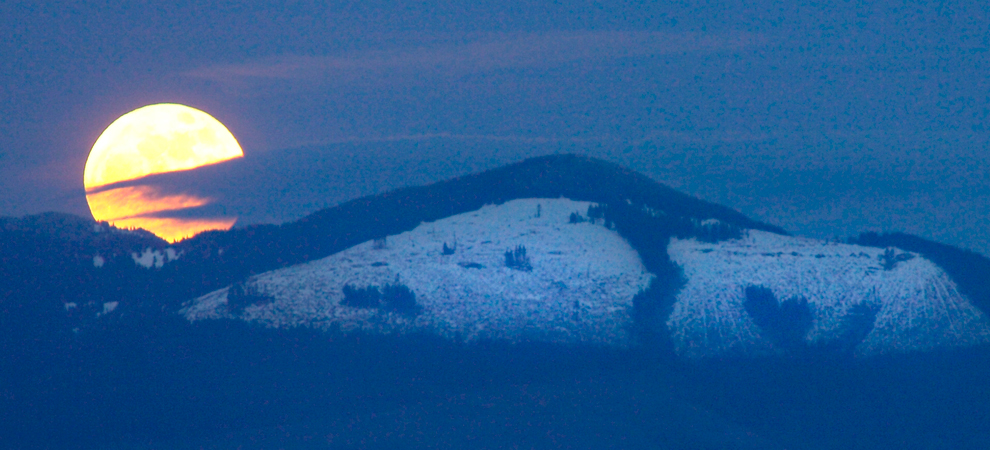
18 The moon rises over Cultus Mountain on May 5, 2012 in Skagit County, Wash. (Scott Terrell/Skagit Valley Herald/Associated Press) #
มลรัฐวอชิงตัน ฝั่งแปชิฟิก ตะวันตกเฉียงเหนือของสหรัฐ
มลรัฐวอชิงตัน ฝั่งแปชิฟิก ตะวันตกเฉียงเหนือของสหรัฐ

19 The moon lights up Waikiki and Diamond Head on May 5, 2012 in Honolulu. (Eugene Tanner/Associated Press) #
หาดไวกิกิ มลรัฐฮาวาย กลางมหาสมุทรแปซิฟิก
หาดไวกิกิ มลรัฐฮาวาย กลางมหาสมุทรแปซิฟิก

21 The moon appears behind a steeple of an Orthodox church in the town of Novogrudok, Belarus on May 5, 2012. (Sergei Grits/Associated Press) #
ประเทศเบลารุส ยุโรปตะวันออก
ประเทศเบลารุส ยุโรปตะวันออก

22 The moon appears behind the Mare shanty town complex in Rio de Janeiro on May 6, 2012. (Victor R. Caivano/Associated Press) #
เมืองริโอ เดอ จาเนโร สาธารณรัฐบราซิล
เมืองริโอ เดอ จาเนโร สาธารณรัฐบราซิล

23 Maple leaves are silhouetted by the moon in Spring Lake Township, Mich. on May 6, 2012. (Cory Morse/The Grand Rapids Press/Associated Press) #
มลรัฐมิชิแกน สหรัฐอเมริกา
มลรัฐมิชิแกน สหรัฐอเมริกา

24 A statue of ancient Greek Goddess Athena is highlighted by the moon in Athens on May 6, 2012. (Kostas Tsironis/Associated Press) #
เทพีกรีก อธีนา นครเอเธนส์ ประเทศกรีซ
เทพีกรีก อธีนา นครเอเธนส์ ประเทศกรีซ

25 Fishermen cast from a jetty as the moon rises over the Atlantic Ocean on May 5, 2012 near Bal Harbour, Fla. (Wilfredo Lee/Associated Press) #
คนตกปลา มลรัฐฟลอริดา
คนตกปลา มลรัฐฟลอริดา

26 The moon rises over the skyline of Manhattan and One World Trade Center (left) in New York on May 6, 2012. (Gary Hershorn/Reuters) #
เวิร์ลเทรดเซนเตอร์ - (ซ้าย) เกาะแมนฮัตตัน นครนิวยอร์ก
เวิร์ลเทรดเซนเตอร์ - (ซ้าย) เกาะแมนฮัตตัน นครนิวยอร์ก















